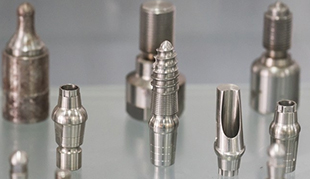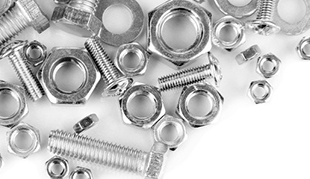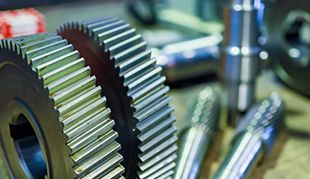Analysis of Metal Injection Molding Technology for High-Temperature Applications
Metal Injection Molding (MIM) technology has emerged as a versatile and efficient method for manufacturing complex metal components with intricate shapes. While its applications have been diverse, one area of increasing interest is its potential in high-temperature environments. This article explores the applicability of MIM technology in high-temperature applications, with a specific focus on the challenges faced by spacecraft re-entry.
Understanding MIM Technology
Metal Injection Molding is a manufacturing process that combines the benefits of plastic injection molding and powder metallurgy. The process involves mixing fine metal powders with a binder material to create a feedstock, which is then injected into a mold to shape the component. After molding, the binder is removed through a debinding process, and the remaining structure is sintered at high temperatures to achieve the desired material properties.
Advantages in High-Temperature Environments
MIM technology offers several advantages that make it a candidate for high-temperature applications:
Complex Geometry: MIM's ability to create intricate and complex shapes allows for the design of components with optimized geometries for high-temperature performance. This is crucial for applications like spacecraft re-entry vehicles, where aerodynamics and heat management play a critical role.
Material Variety: MIM can work with a wide range of metal alloys, including those with excellent high-temperature properties such as nickel-based superalloys and refractory metals. This diversity of materials allows engineers to tailor components to specific requirements.
Cost-Efficiency: MIM's ability to produce net-shaped or near-net-shaped parts reduces the need for extensive post-processing, leading to cost savings. This is particularly advantageous for industries like aerospace, where stringent quality standards and cost-effectiveness are paramount.

Challenges in High-Temperature Applications
While MIM presents promising benefits, there are challenges associated with using this technology in high-temperature environments, especially in scenarios like spacecraft re-entry:
Material Degradation: High temperatures can lead to material degradation, such as creep, oxidation, and embrittlement. MIM components must be carefully engineered and material selection must consider these factors to ensure stability and reliability during high-temperature exposure.
Sintering Considerations: The sintering process, a critical step in MIM, involves subjecting the components to elevated temperatures. In high-temperature applications, it's essential to balance the desired material properties with potential grain growth and distortion due to extended sintering.
Thermal Conductivity: Components used in high-temperature environments often require efficient thermal management to dissipate heat. MIM materials might not always possess the optimal thermal conductivity, necessitating innovative design approaches to address this limitation.
Spacecraft Re-entry: A Case Study
Spacecraft re-entry is one of the most demanding high-temperature applications. During re-entry, spacecraft experience extreme heat due to air friction, and protecting both the vehicle and its occupants is of utmost importance. MIM technology can potentially contribute to re-entry vehicle design:
Heat Shield Components: MIM could be employed to manufacture heat shield components with intricate cooling channels that efficiently dissipate heat, ensuring the structural integrity of the shield.
Structural Elements: Certain structural elements of re-entry vehicles require high-temperature resistance and mechanical strength. MIM-produced components, if appropriately designed and material-optimized, could provide lightweight yet robust solutions.
Metal Injection Molding (MIM) technology holds promise for high-temperature applications like spacecraft re-entry, offering opportunities for innovation in design and material utilization. While challenges such as material stability and thermal conductivity must be carefully addressed, the adaptability and cost-efficiency of MIM make it a technology worth exploring in the quest for reliable and efficient solutions for extreme environments. As technology continues to advance, MIM could play a pivotal role in shaping the future of high-temperature applications across various industries.






